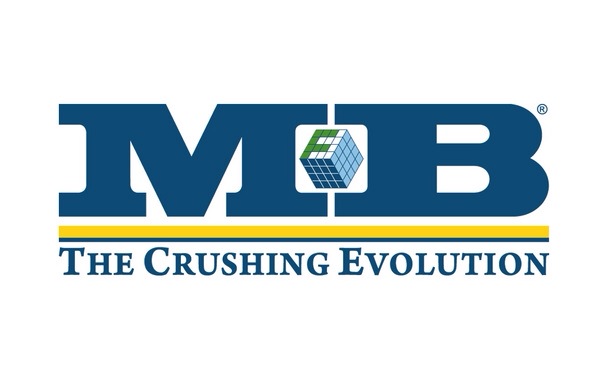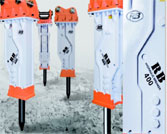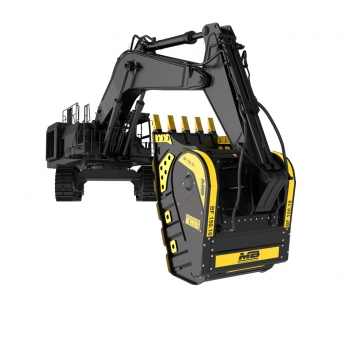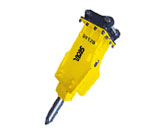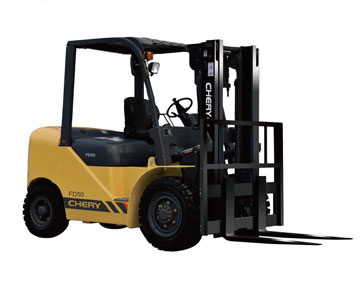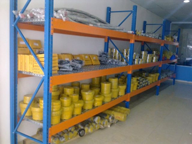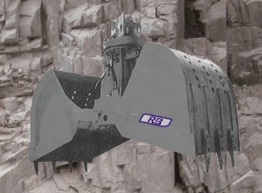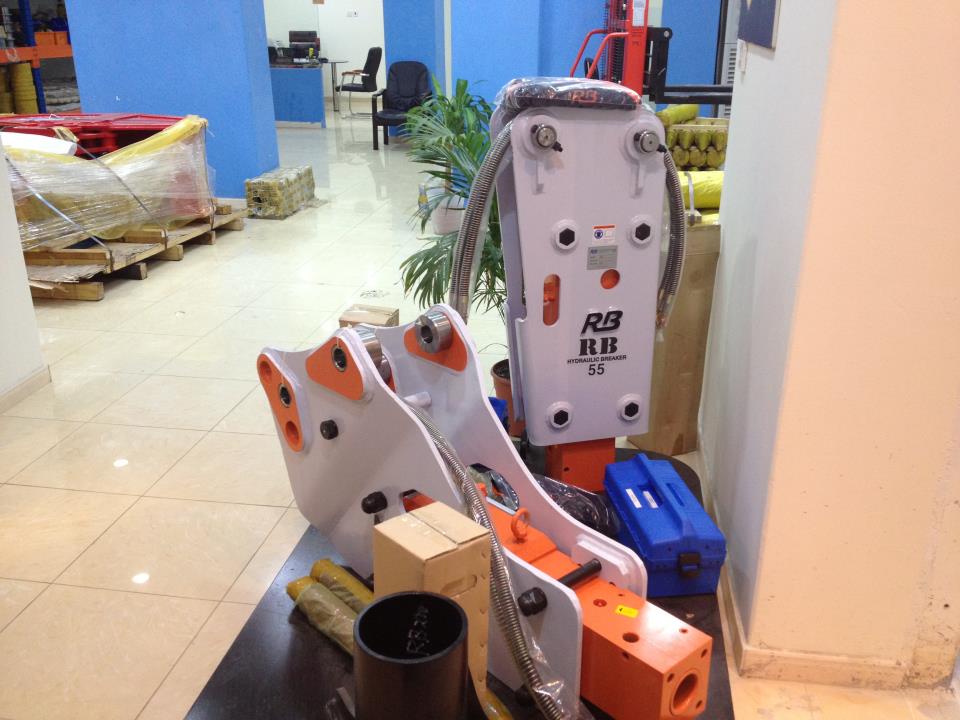Welcome to Masar Belady
We appreciate your valuable time to visit us and we hope our website is able to assist you to obtain valuable resources and information in a glance. Masar Belady is a partner with international and well known companies for heavy equipment solutions, we have a wide experience for supplying all sizes of hydraulic breakers, fork lift, attachments for excavators such as crusher, pulverizer, vibratory compactor, shears, clam shell, grabs and grapples.
Our News
Click for more news …
Our Videos
Click for more videos …
Our Partners


